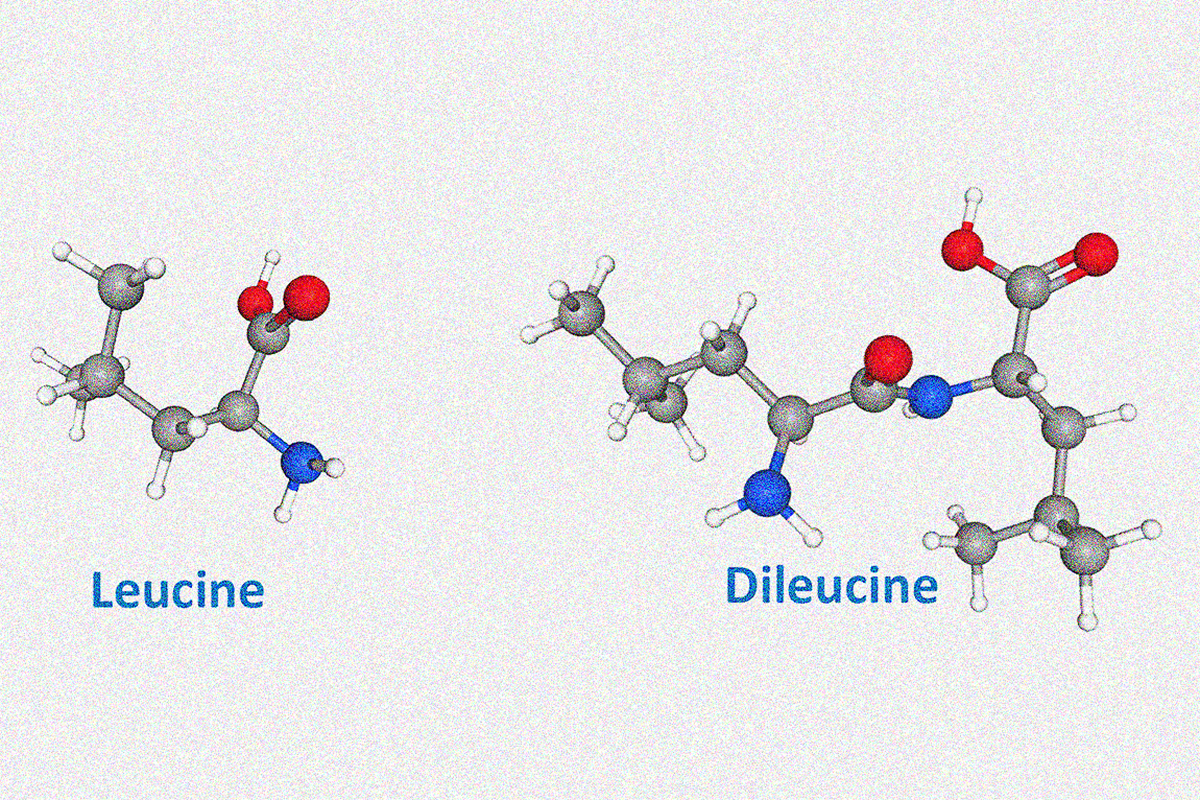


In fact, supplementing with caffeine has been scientifically proven to have significant ergogenic effects on aerobic and anaerobic activities (think endurance and sprinting, respectively).Ĭaffeine is able to give you that desired jolt of energy by activating adenosine receptors in your brain. It has become such a prolific supplement that it seems the world runs on caffeine. Caffeine is the world’s most popular central nervous system stimulant and performance-enhancing supplements. Caffeine takes many forms, whether you imbibe yours with coffee or espressos, or you take yours in a pill form. If you consult with your physician and supplement correctly, you can gain the benefits of using creatine in your workouts!Īhh, caffeine – a familiar word to pretty much every student on a college campus (and probably to high school students). However, as always, you should consult your physician before starting new supplements. A potential drawback to creatine is that it has been shown to be hard on kidneys, especially in people with pre-existing conditions. Although supplementing with creatine doesn’t guarantee muscle growth and athletic improvement, it can certainly help with overall energy production in the body, if you supplement correctly. From there, you can reduce your intake to 5mg per day. In the fitness world, fitness experts advise taking 20mg of creatine monohydrate for about 1 week to saturate your cells with creatine. In fact, over 70% of these studies show statistically significant results in muscle growth and performance while taking creatine over an 8-week period of time. There have been over 300 scientific studies highlighting the effectiveness of creatine. With the help of creatine, ADP recycling is exponentially increased, improving muscular endurance and power. Your body then begins the process of recycling ADP back into ATP. After your body uses ATP for energy, the chemical bi-product produced is adenosine diphosphate, or ADP. Whether you’re running, lifting weights, or even carrying groceries inside, your body is consistently using ATP to produce energy. Adenosine Triphosphate, or ATP, is an organic compound responsible for being the main source of energy for essentially all bodily processes. Typically, creatine is in the form of creatine monohydrate, a nitrogen-containing compound that can be obtained in the food we eat – from sources like meat and fish – or formed endogenously (or inside the body), from three specific amino acids: glycine, arginine, and methionine.Ĭreatine helps in the production and recycling of ATP. Always look at the supplement facts to see what ingredients your supplement contains! Supplements Generally Accepted to be SafeĬreatine is one of the most popular supplements used by athletes looking to build lean muscle mass, maximize athletic performance, and increase strength. So that you can be informed, here are the three most common and generally accepted to be safe workout supplements:Īdditionally, these are two ingredients in popular supplements today that you should NOT be taking:Ģ) DMHA This is an example of a nutrition label of a pre-workout supplement. These manufacturers hide these ingredients in what they call “proprietary blends”. Since workout supplements are not regulated by the US FDA, manufacturers are able to put whatever they want into their supplements – even ingredients that toe the line between legal and illegal, including some ingredients that are amphetamine derivatives. There are many athletes, especially newer and younger ones, that are ingesting supplements without actually understanding what the supplements are doing to their bodies. In the fitness community, novice and expert athletes alike, are continually searching for supplements that will give an athletic edge in their workouts.


 0 kommentar(er)
0 kommentar(er)
